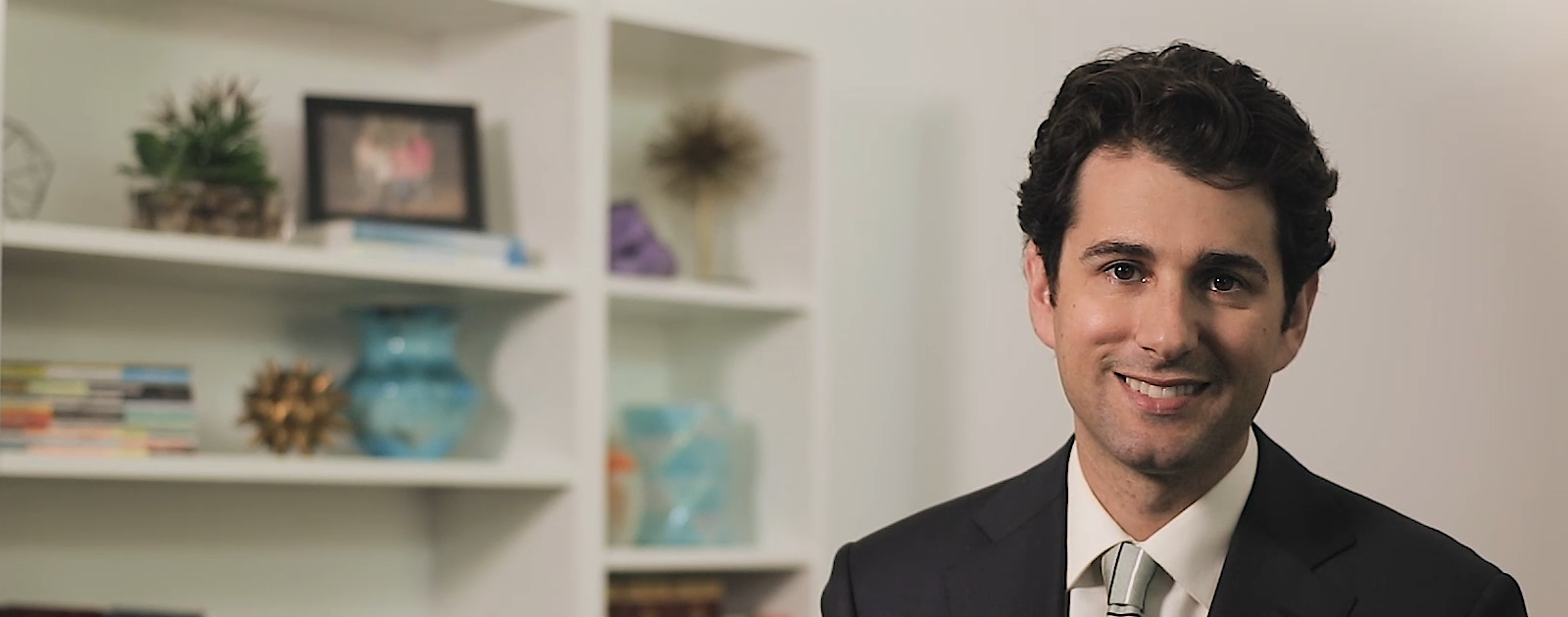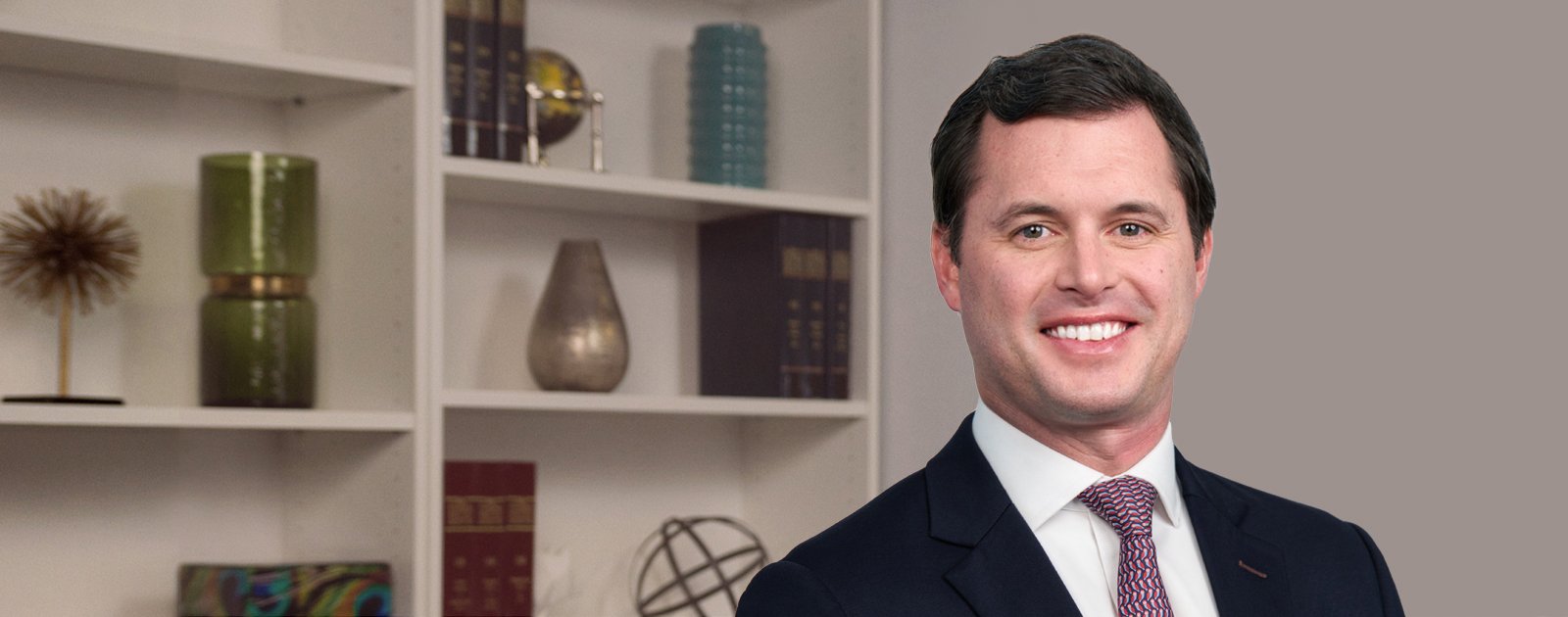Using P3s to Further Environmental Policy
 We have previously written about opportunities for public-private partnerships (P3s) for the development of social infrastructure (i.e., city halls, libraries, courthouses, and other government buildings), and also how P3s can be used to encourage social change. One type of government policy that is increasingly being applied to P3s for new buildings is a requirement that the buildings be designed and constructed to meet certain green building requirements. In some cases, this type of policy is implemented through the competitive solicitation process. For example, the request for proposals (RFP) may include minimum LEED certification requirements (e.g., proposed projects must be able to obtain a LEED Silver certification). Alternatively, the RFP could make green design a competitive factor whereby a proposer may be awarded more points for committing to a LEED Gold or Platinum certification.
We have previously written about opportunities for public-private partnerships (P3s) for the development of social infrastructure (i.e., city halls, libraries, courthouses, and other government buildings), and also how P3s can be used to encourage social change. One type of government policy that is increasingly being applied to P3s for new buildings is a requirement that the buildings be designed and constructed to meet certain green building requirements. In some cases, this type of policy is implemented through the competitive solicitation process. For example, the request for proposals (RFP) may include minimum LEED certification requirements (e.g., proposed projects must be able to obtain a LEED Silver certification). Alternatively, the RFP could make green design a competitive factor whereby a proposer may be awarded more points for committing to a LEED Gold or Platinum certification. Another approach to green-building policies is to mandate them by law or regulation, versus a project-by-project basis. Miami-Dade County recently expanded its “Sustainable Buildings” regulations in this manner, and essentially all new buildings constructed on property owned by the County (whether or not procured through an RFP, and whether or not publicly funded) must comply with the applicable green-building requirements. Generally speaking, all new buildings constructed on County-owned land must achieve a LEED Silver designation, and also include certain specified features, such as cool roofs and EV charging stations. The policy also requires a green certification through the Envision program for certain infrastructure.
A benefit to this type of program is that it makes clear what the government’s expectations are with respect to green buildings, and therefore places all potential proposers on equal footing, with equal information, in a competitive process. There is of course a trade-off between green practices and price, and without clarity as to expectations, developers are left to guess whether the government will prefer, for example, a LEED Platinum building that costs $150 Million, or a LEED Silver building that costs $120 Million. As a result, bidders may choose not to compete rather than risk guessing incorrectly, thereby reducing competition, or those that do compete may not provide a proposal with the right blend of price and green factors that the government ultimately wants. Clarifying priorities therefore not only establishes the government’s commitment to its policy objectives, but also benefits the competitive procurement process.
Miami-Dade County’s recognition of the P3 model for its potential to foster sustainable development, particularly from the perspective of project inception, bidding criteria, and construction management is not surprising given the green-building revolution taking place across the world. Buildings and the process of constructing them account for over 37% of global carbon emissions. This is not necessarily a black mark on construction, though—in fact, it highlights why the green-building revolution caught fire. In construction, going “green” refers to optimizing the building process to minimize negative impacts on the environment and its inhabitants while maximizing the positive aspects of the finished structure. Proper planning and design can help a structure qualify as green while it is in use and even during the eventual demolition of the structure. The end result is structures that can adapt to climate change and resist its extremes; however, such structures often involve more complexity than traditionally procured projects.
P3s are uniquely equipped to tackle the challenges associated with building green. Such projects often require innovation not only for designing and constructing new physical structures, but also for developing the technology components required for adequate performance (e.g. sensors that indicate the current state of a structure that could inform about strained conditions or could predict potential failures). The ability to leverage private funding and expertise to develop innovative and sustainable projects are hallmarks of the P3 delivery model. Green buildings and P3s are a match made in heaven.
With a spectrum of possibilities ahead, P3s can stimulate the economy while constructing and maintaining resilient and sustainable projects.
Related Practices
Related People
YOU MIGHT ALSO LIKE
A number of municipalities have recently issued, or are contemplating, competitive solicitations for public-private partnerships (“P3s”) to deliver new municipal facilities, typically as part of a transformative “town center” or “downtown” redevelopment project. A...
Public-Private Partnerships & Government Contracting Partner, Diana C. Mendez has been appointed to the American Bar Association Steering Committee for the Revision of the Model Procurement Code.
Bilzin Sumberg is pleased to announce Kelly Ruane Melchiondo, Construction Law and Litigation Partner, has been honored as one of Connect CRE’s 2024 Lawyers in Real Estate for the Florida region.

